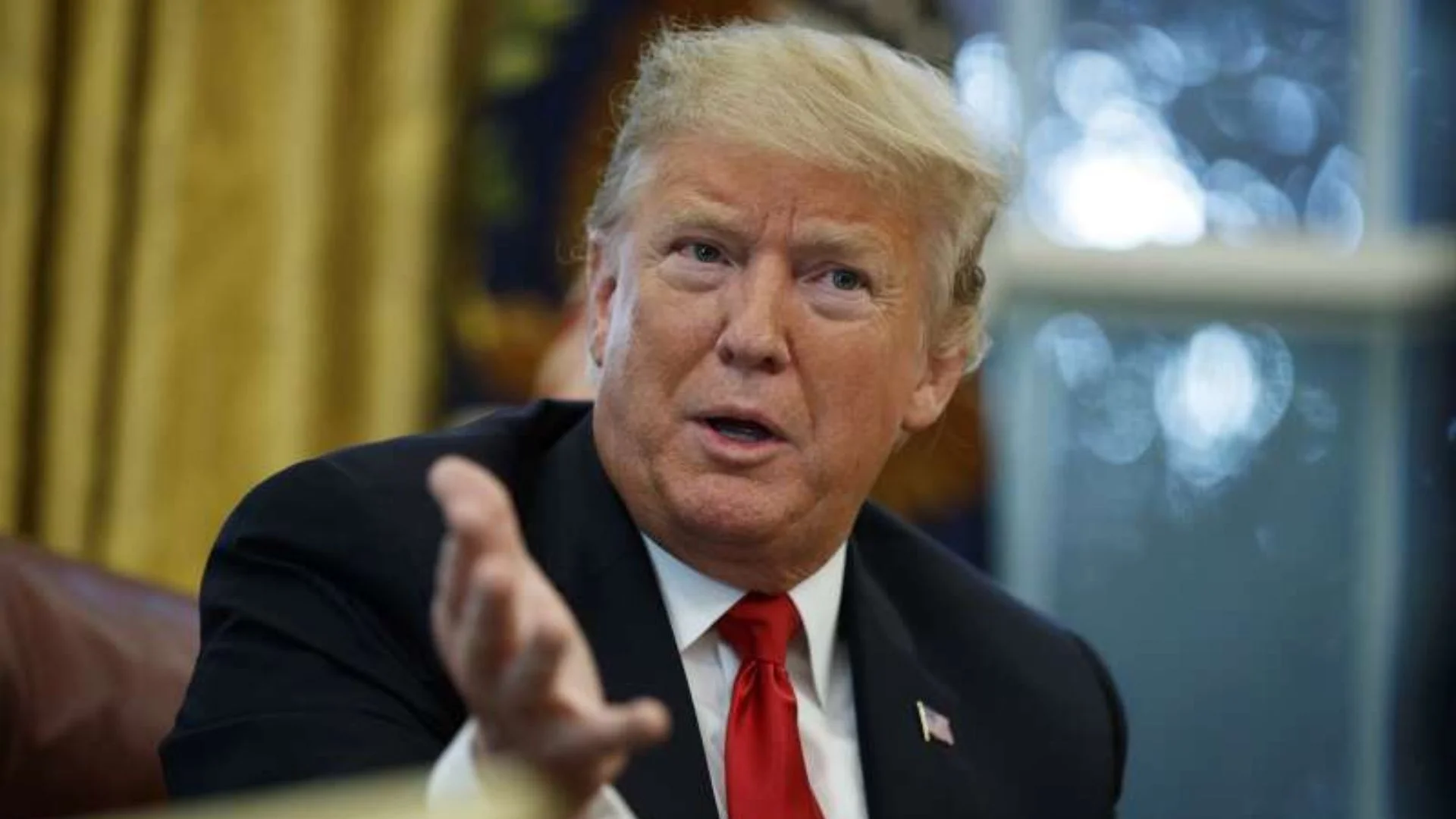TDG Network
New Delhi: Seven years after inception, more than ₹40,700 crore has been sanctioned to over 1,80,630 accounts under the Government’s Stand-Up India Scheme.
Hailing the Stand Up India campaign the Prime Minister Narendra Modi, in a tweet, pointed out that the initiative had played a role in empowering the SC/ST communities and women.
“Today we mark 7 years of StandUpIndia and acknowledge the role this initiative has played in empowering the SC/ ST communities and ensuring women’s empowerment. It has also boosted the spirit of enterprise our people are blessed with.”
Stand up India Scheme was launched on 5 April 2016, with a focus on economic empowerment and job creation. This scheme has been extended up to the year 2025, following its success in “touching numerous lives by ensuring access to hassle-free affordable credit to the unserved/underserved segment of entrepreneurs,” as Finance Minister Nirmala Sitharaman said on the 7th anniversary of the Scheme.
For years, starting a greenfield enterprise in manufacturing, services or the trading sector and activities allied to agriculture was a major challenges for aspiring scheduled tribe/caste and women entrepreneurs. Stand-Up India was a response to this obstacle and alleviate their problems in setting up enterprises, obtaining loans and other support needed from time to time for succeeding in business.
To create an eco-system which facilitates and continues to provide a supportive environment for setting up green field enterprises, the scheme allows applicants to get bank loans between Rs 10 lakh and Rs 100 lakh to at least one SC/ST borrower and at least one woman borrower per bank branch of scheduled commercial banks.
“The scheme has provided wings to aspiring entrepreneurs to showcase their entrepreneurial acumen and the potential entrepreneurs hold in driving economic growth and building a strong ecosystem by being job creators is immense,” Sitharaman said.
Eligible candidates who are above 18 years of age can get loans for only green field projects which, in this context, signifies the first time venture of the beneficiary in manufacturing, services or the trading sector and activities allied to agriculture.
In case of non-individual enterprises, 51 per cent of the shareholding and controlling stake should be held by either SC/ST and/or women entrepreneur. Moreover, borrowers should not be in default to any bank/financial institution. The scheme envisages ‘up to 15 per cent’ margin money which can be provided in convergence with eligible Central/state schemes. In any case, the borrower shall be required to bring in minimum of 10 per cent of the project cost as own contribution.
The Government is also providing handholding support apart from linking prospective borrowers to banks for loans, in the form of an online portal (www.standupmitra.in) developed by Small Industries Development Bank of India (SIDBI) for Stand Up India Scheme.
This exercise also provides guidance to prospective entrepreneurs in their endeavour to set up business enterprises, starting from training to filling up loan applications, as per bank requirements. Through a network of more than 8,000 hand holding agencies, this portal facilitates step by step guidance for connecting prospective borrowers to various agencies with specific expertise like skilling centres, mentorship support, entrepreneurship development programme centres and district industries centre.
Also importantly, the Stand-up India scheme serves the third pillar of the National Mission for Financial Inclusion namely “funding the unfunded” by ensuring availability of seamless credit flow and improving the standards of living for all involved.






















